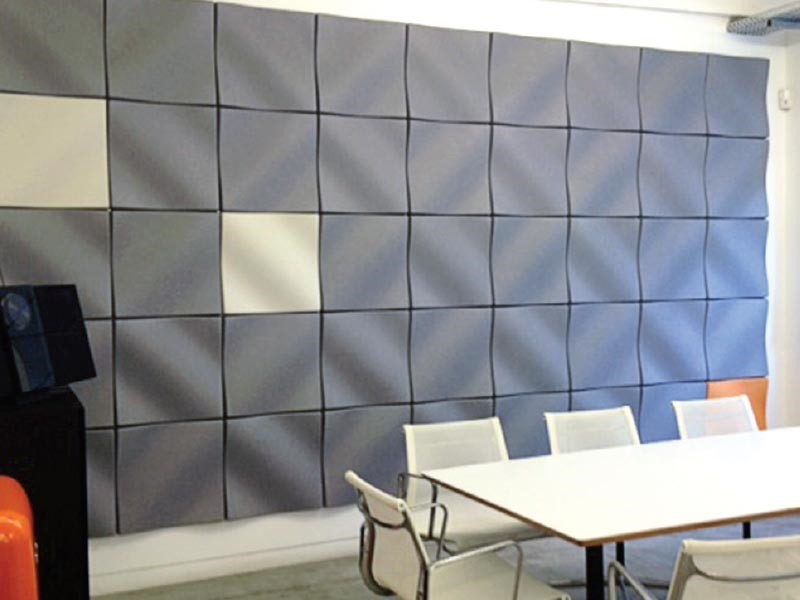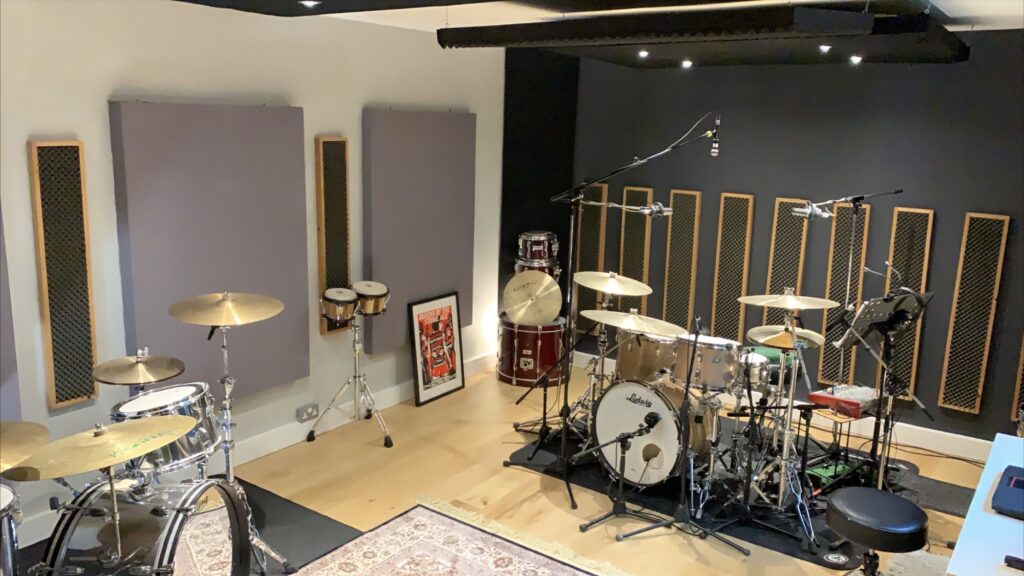In our bustling modern world, noise pollution has become an inevitable part of our daily lives. Whether it’s the hum of traffic, the chatter of neighbors, or the echoes within our own homes or offices, unwanted sounds can significantly impact our well-being. This is where acoustic panels come into play, serving as an effective solution for noise reduction. In this article, we will delve into the mechanics behind these panels, exploring how they work on walls and windows to create serene environments.
What are Acoustic Panels?
Acoustic panels are specialized sound-absorbing materials designed to minimize the reflection of sound waves. They are strategically placed on walls, windows, or other surfaces to absorb, diffuse, and control sound, creating quieter and more comfortable spaces. Unlike regular insulation, acoustic panels are crafted to target specific frequencies, making them highly effective in reducing noise levels.
How Acoustic Panels Work on Walls

When mounted on walls, acoustic panels absorb sound waves that would otherwise bounce off and create echoes. The panels capture the sound energy, converting it into heat, and effectively reducing the overall noise level in the room. The strategic placement of these panels helps create a controlled acoustic environment by minimizing reverberation and enhancing speech clarity.
How Acoustic Panels Work on Windows

Windows are notorious for allowing external noise to infiltrate indoor spaces. Acoustic panels for windows typically consist of transparent or translucent materials that can be attached directly to the glass. These panels absorb or block incoming sound waves, preventing them from entering the room. This approach is especially useful in urban environments or areas with high traffic noise.
Types of Acoustic Panels:
- Absorption Panels: These panels are designed to absorb sound energy, preventing it from bouncing off surfaces and causing echoes. Made from materials like foam, fiberglass, or mineral wool, absorption panels are commonly used in recording studios, home theaters, and open office spaces.
- Diffuser Panels: Diffuser panels scatter sound waves in various directions, minimizing the concentration of sound in one area. They are often utilized in spaces where maintaining a balance between absorption and reflection is crucial, such as auditoriums and concert halls.
- Bass Traps: Specifically targeting low-frequency sounds, bass traps are installed in corners of rooms to absorb and control bass resonance. These panels are essential for achieving a well-balanced acoustic environment in spaces like recording studios and home theaters.
In conclusion:
Acoustic panels serve as effective tools in the battle against noise pollution. Whether on walls or windows, these panels employ ingenious design principles to create quieter and more comfortable spaces, offering a reprieve from the cacophony of the outside world.
FAQs:
Do acoustic panels completely eliminate noise?
While acoustic panels significantly reduce noise levels, they may not completely eliminate all sounds. The effectiveness depends on factors such as the type of panel used, the material of the walls, and the overall room design.
Can I install acoustic panels myself?
Yes, many acoustic panels are designed for easy installation and can be applied as a DIY project. However, for optimal results, it’s recommended to consult with acoustic design professionals.
Do acoustic panels only benefit music or recording studios?
No, acoustic panels are versatile and can benefit various spaces, including homes, offices, restaurants, and classrooms. They enhance overall comfort by minimizing noise and improving the quality of sound within a room.




